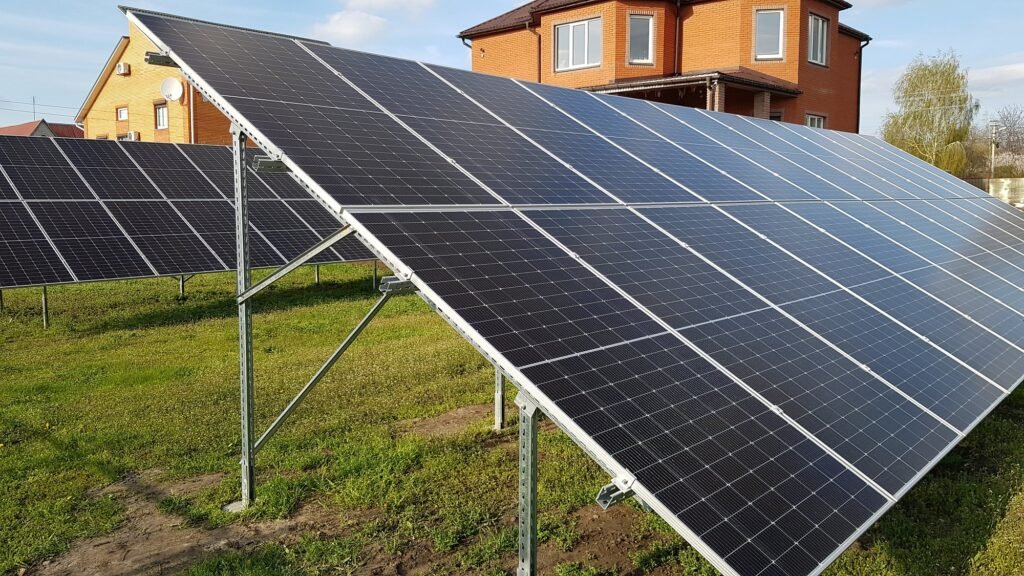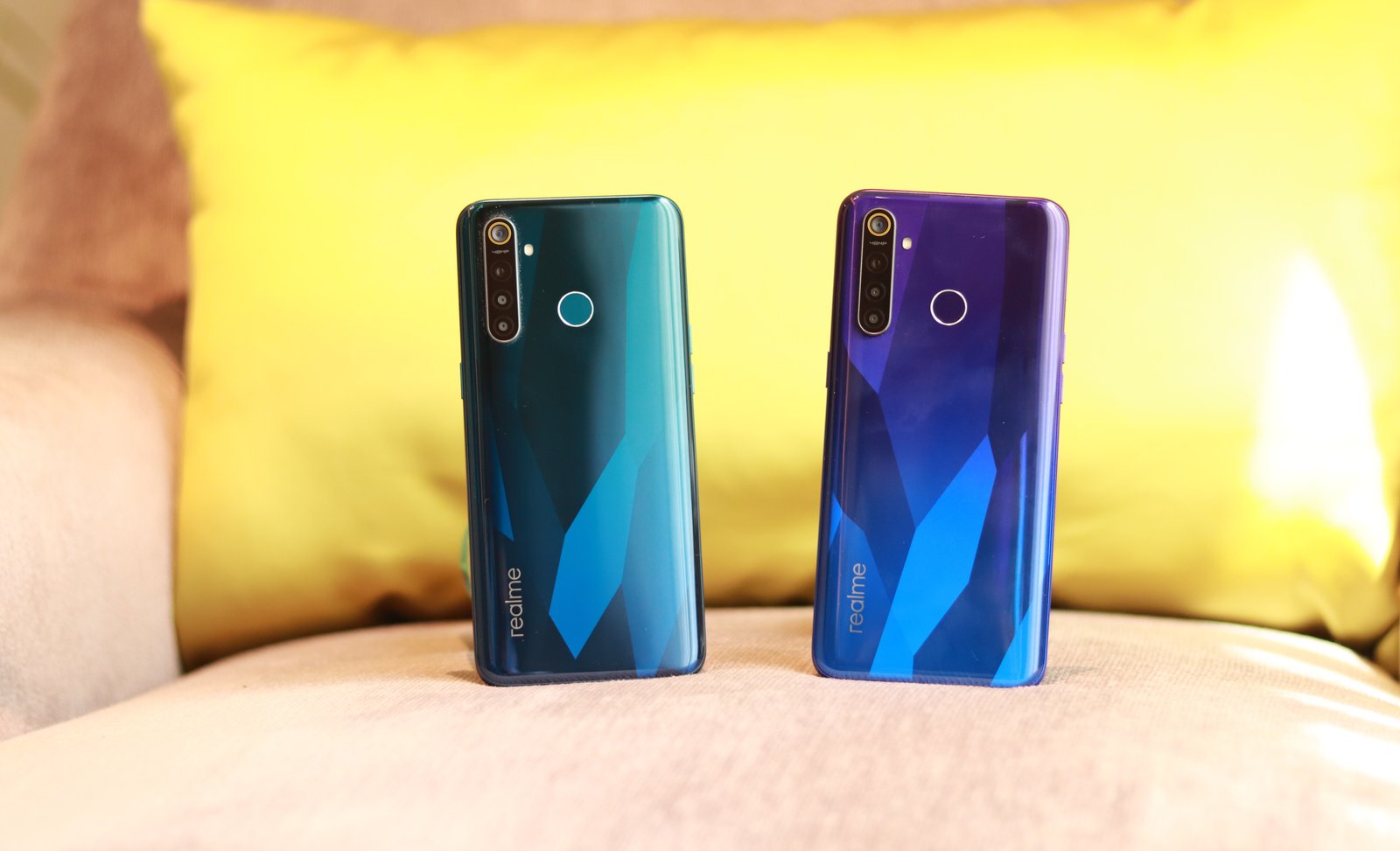За несколько лет они превратились из футуристического артефакта в другую часть нашей повседневной жизни. Мы объясняем, как работают солнечные панели, что является одним из ключей к возобновляемым источникам энергии в будущем.

Постепенно солнечные панели стали частью городского ландшафта. Если вы посмотрите на крыши вновь построенных зданий, вы их найдете, так как в большинстве случаев они обязательны.
Вы также можете увидеть их как крышу для непопулярных «паркоматов» или еще более ненавистных дорожных камер.
Но как они работают?
Вот как сжимается энергия солнца
Обобщая многое и упрощая, процесс выглядит следующим образом:
Солнечные лучи попадают на пластины из полупроводниковых материалов, которые преобразуют полученную энергию в электричество.
За это преобразование отвечают так называемые солнечные элементы . Они образуют солнечные панели и представляют собой небольшие элементы из кристаллического кремния или арсенида галлия.
Как работают солнечные батареи
Солнечные элементы смешиваются с другими компонентами, такими как фосфор и бор , чтобы сформировать две части: одна заряжена отрицательными электронами, а другая — положительными.
Когда солнечный элемент подвергается воздействию солнца, фотонам удается перемещать электроны из той части, где имеется избыток отрицательного заряда, в ту часть, где он отсутствует. Это движение электронов и создает энергию Солнечного Самопотребления .
По мере того, как фотоны высвобождают электроны , вырабатывается все больше и больше электричества. Электроны, которые не используются или приходят от ветра, возвращаются к отрицательной панели, заставляя все начинаться снова в бесконечном процессе .
При этом вырабатывается постоянный ток , который сохраняется в батареях до тех пор, пока он не преобразуется в переменный ток (тот, который достигает вашего дома) через инверторы напряжения.
Что такое инверторы напряжения?
Чтобы знать, какова функция этих устройств, необходимо знать, что постоянный ток , как следует из его названия, имеет регулярный поток и течет только в одном направлении.
Напротив, переменный ток имеет постоянно меняющуюся мощность и направление с различными интервалами впадин и пиков.
Инверторы напряжения плавно и плавно изменяют направление постоянного тока и преобразуют его в переменный ток. Так что? Чтобы он вам пригодился, так как большинству бытовых приборов для работы нужен переменный ток.
Кроме того, наши холодильники, посудомоечные машины, мини-цепи… требуют определенного и хорошо отрегулированного напряжения. С переменным током намного проще изменить его поток и его напряжение.
Виды солнечных панелей
- Монокристаллические: они состоят из монокристаллических клеток. Их очень легко узнать по насыщенному черному цвету и срезанным углам. Они на 15-25% эффективнее других моделей. Кроме того, их срок службы больше, так как они могут прослужить до 25 лет .
- Поликристаллические: состоят из поликристаллических клеток. Они имеют темно-синий цвет . Они дешевле, но и менее эффективны , хотя в настоящее время удалось уменьшить их потери из-за отражения и улучшить улавливание света.
- Тонкий слой: эта модель отличается от предыдущих. Это не объединение нескольких отдельных ячеек, а нарезанный по размеру лист . Его изготовление проще, чем и объясняется его низкая цена . Они очень гибкие и могут адаптироваться ко всем типам поверхностей, поэтому они все чаще используются в домах.
Источник информации: fps.kz





















ОТВЕТИТЬ